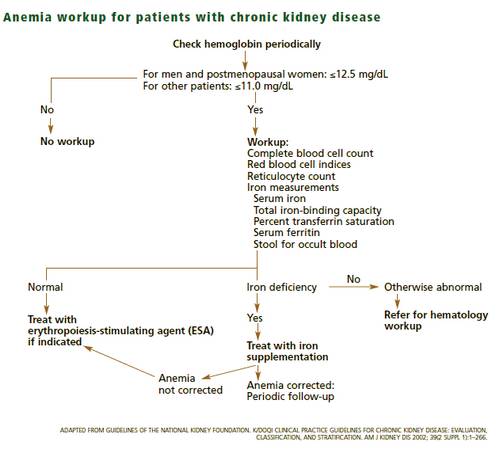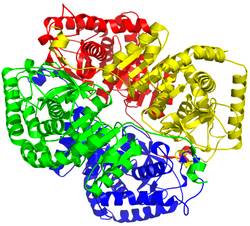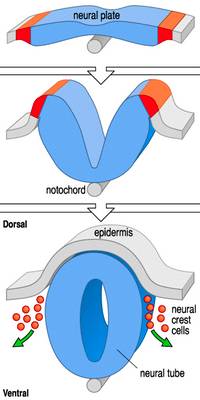Anemia in Chronic Kidney Disease or CKD

Anemia in context of CRF usually correlates with the severity of Renal failure. Deficiency of erythropoietin is the primary cause of anemia in chronic renal failure. Anemia is responsible for several nonspecific symptoms in a patient with CRF.
Mechanisms implicated for Anemia in CKD are-
1. Relative deficiency of Erythropoeitin: Also called hematopoietin or hemopoietin, it is produced by the peritubular capillary endothelial cells in the kidney and liver. It is the hormone that regulates red blood cell production. Production of EPO is decreased in CKD. When erythropoietin levels are low, an inadequate number of oxygen-carrying red blood cells are produced.
2.Toxic effect of Uremia on marrow cells causing Erythropoeisis.
3. Reduced RBC survival: RBC survival is reduced, perhaps due to decreased RBC deformability.
4. Increased blood loss due to capillary fragility and poor platelet function : There is increased bleeding tendency in a patient with CKD.
5. Reduced dietary intake and absorption of iron and other haematinics.
Workup-
Management Of Anemia in CKD-
Recombinant Human Erythropoeitin is effective in correcting the anemia of CRF. The target Hb is usually 10-12 gm%. Erythropoeitin treatment may cause increase in Blood pressure and requires adjustment of Antihypertensive drugs. Increased incidence of blood coagulability and thrombosis of AV fistula is seen. Slow correction of anemia is thus required.
Iron deficiency should be treated and Iron supplementation should be give to keep Ferritin level >100 microgram/L and transferrin >20%. Epoetin is administered by subcutaneous or intravenous injection 1 to 3 times weekly
Pathogenesis of Hypertension in Erythropoeitin therapy is not well-understood but several mechanisms are suspected-
- High dose of EPO
- Prior personal or family history of hypertension
- Diminished production of nitric oxide
- Marked increase in intracytosolic calcium levels
- Enhanced vascular alpha adrenergic sensitivity
- Increased plasma endothelin levels
- Arterial remodeling through stimulation of vascular cell growth
- Activation of the renin-angiotensin system
- Elevation of the thromboxane:prostacyclin ratio in vascular tissue
Newer Therapies-
- Darbepoetin alfa, a second-generation erythropoiesis-stimulating agent, contains 2 amino acid substitutions, which provide the protein with greater metabolic stability in vivo and increase the elimination half-life when compared with intravenous epoetin alfa
- Third-generation erythropoiesis-stimulating agent continuous erythropoiesis receptor activator (CERA).
- Erythropoietin-mimetic peptides- Hematide
References-
- Davidson’s Principle and Practice of Medicine.
- http://www.uptodate.com/patients/content/topic.do?topicKey=~WiiZn1K1Dt5Kbu
- http://www.ccjm.org/content/73/3/289.full.pdf+html
- http://cme.medscape.com/viewarticle/549364






